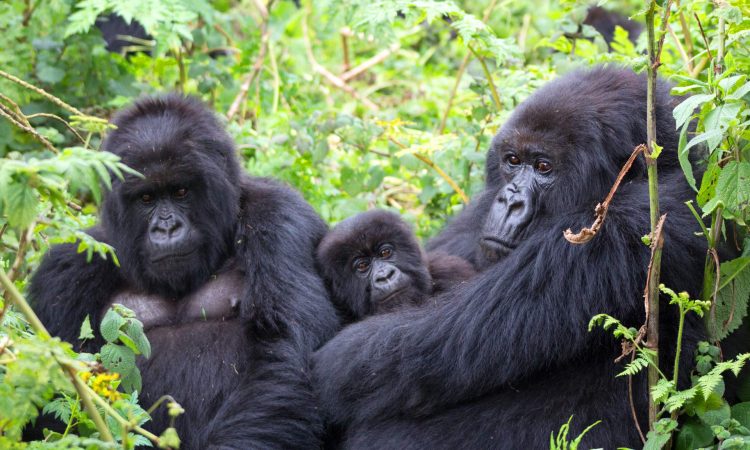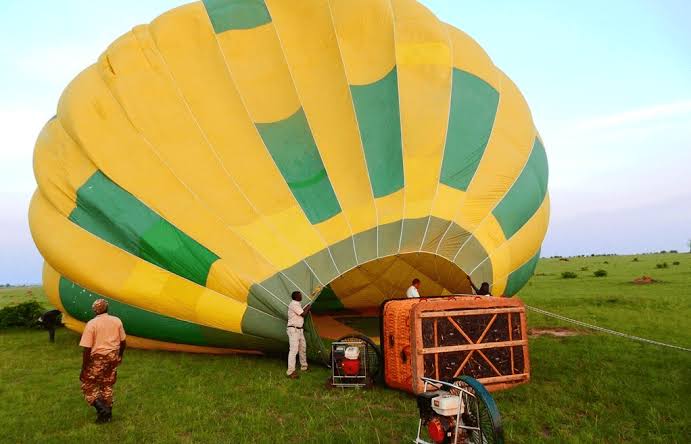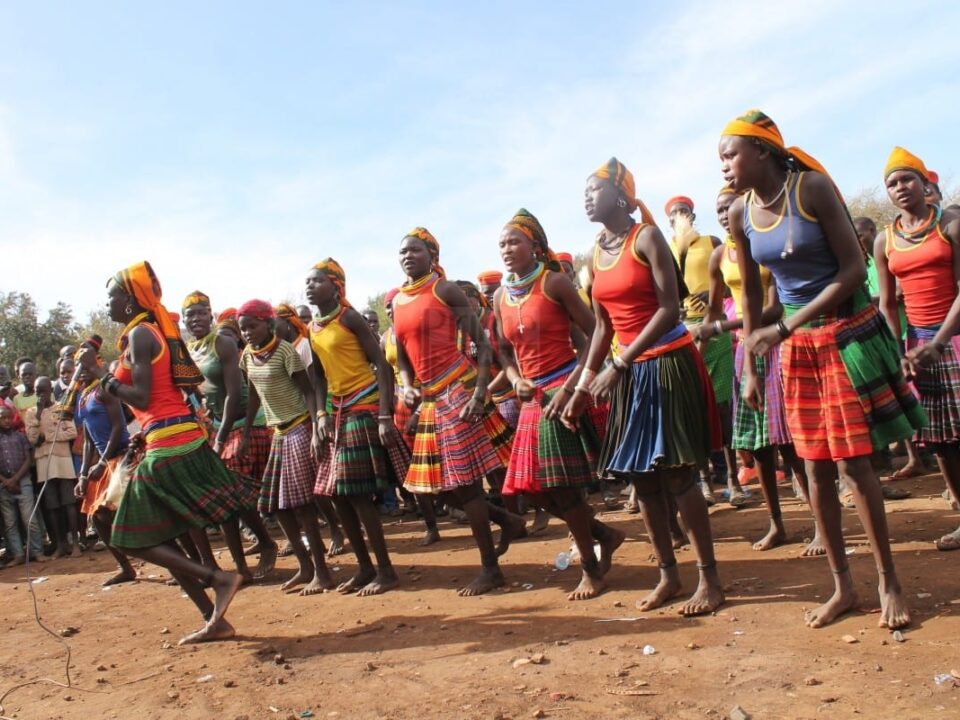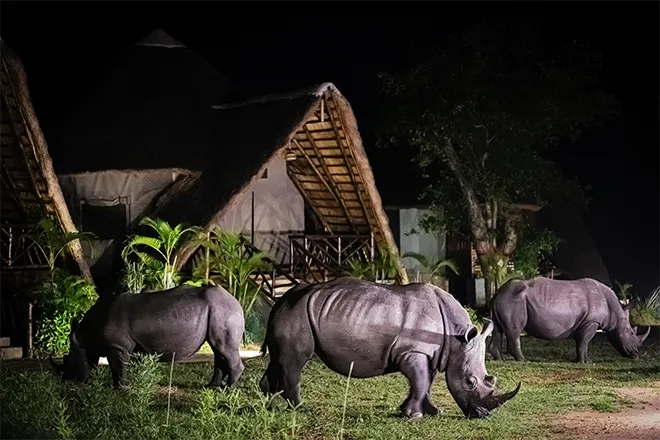- GET IN TOUCH WITH US:
- +256 753518160
- +256 777842166
- info@experiyatourcompany.com

Why Choose Uganda for Your Next Safari
November 20, 2025
Affordable Uganda Safari Tours for 2026
November 20, 2025Uganda Gorilla Tours: What You Need to Know
Uganda is one of the world’s most extraordinary destinations for gorilla trekking, a country where the beauty of ancient rainforests blends seamlessly with encounters so moving they stay with you forever. Mountain gorillas are among the rarest animals on the planet, and Uganda is home to more than half of their remaining population. For travelers dreaming of a once-in-a-lifetime wildlife experience, Uganda gorilla tours offer unmatched immersion, emotion, and adventure. Whether you are planning your first trek or returning for a deeper primate encounter, understanding what awaits in the forests of Bwindi and Mgahinga will help you prepare for a journey unlike any other.
Understanding Mountain Gorillas and Their Habitat
Mountain gorillas live only in the forested mountains of Uganda, Rwanda, and the Democratic Republic of Congo. In Uganda, they are found in two key locations: Bwindi Impenetrable National Park and Mgahinga Gorilla National Park. These regions are blanketed by thick tropical forests, steep ridges, and misty valleys that create the perfect haven for these gentle giants. Unlike their lowland relatives, mountain gorillas cannot survive in zoos, which means the only place in the world you can meet them is deep within their natural home.
Their environment is rugged and cool, with rich vegetation, towering trees, and hidden clearings where gorilla families feed, rest, and nurture their young. Trekking through this environment gives travelers an unparalleled look into the ecosystem that sustains one of the world’s most important species.
Why Uganda Is the Best Gorilla Trekking Destination
Uganda stands out for several reasons. First, it offers the highest number of habituated gorilla families available for trekking. During your visit, you are assigned to one of these families based on their location, accessibility, and your physical ability. Uganda’s trekking experience is also praised for its authenticity because Bwindi’s dense forest gives visitors a real sense of wilderness, adventure, and unpredictability.
Another key advantage is cost. Uganda offers more affordable gorilla permit prices compared to neighboring countries, making it accessible for many travelers. Most importantly, Uganda’s trekking success rate is exceptionally high, with guides tracking gorilla movements daily and ensuring visitors reach their assigned family almost every time.
Gorilla Trekking in Bwindi Impenetrable National Park
Bwindi is the most famous gorilla trekking destination in Uganda. Its name “Impenetrable” comes from the thick vegetation and steep terrain that define the forest. This UNESCO World Heritage Site is divided into several sectors: Buhoma, Ruhija, Rushaga, and Nkuringo. Each sector hosts different gorilla families and provides its own unique landscape, atmosphere, and trekking difficulty.
Treks begin early in the morning with a briefing on safety, trekking etiquette, gorilla behavior, and what to expect during the experience. Rangers and guides then lead you into the forest, following trails that can be muddy, steep, or completely wild. The journey can take anywhere from one to six hours depending on the gorillas’ movements, but the moment you find the family makes every step worthwhile. Observing a silverback, watching juveniles play in the trees, or seeing babies cling to their mothers is an incredible privilege and often an emotional one.
Gorilla Trekking in Mgahinga Gorilla National Park
Mgahinga sits at the border of Uganda, Rwanda, and the Congo, part of the Virunga Volcanoes chain. The experience here is equally captivating but usually less crowded than Bwindi. The landscape is characterized by volcanic slopes, bamboo forests, and sweeping views of the surrounding highlands. Only one habituated gorilla family currently resides here, known as the Nyakagezi group, known for its stability and long-term range within Uganda.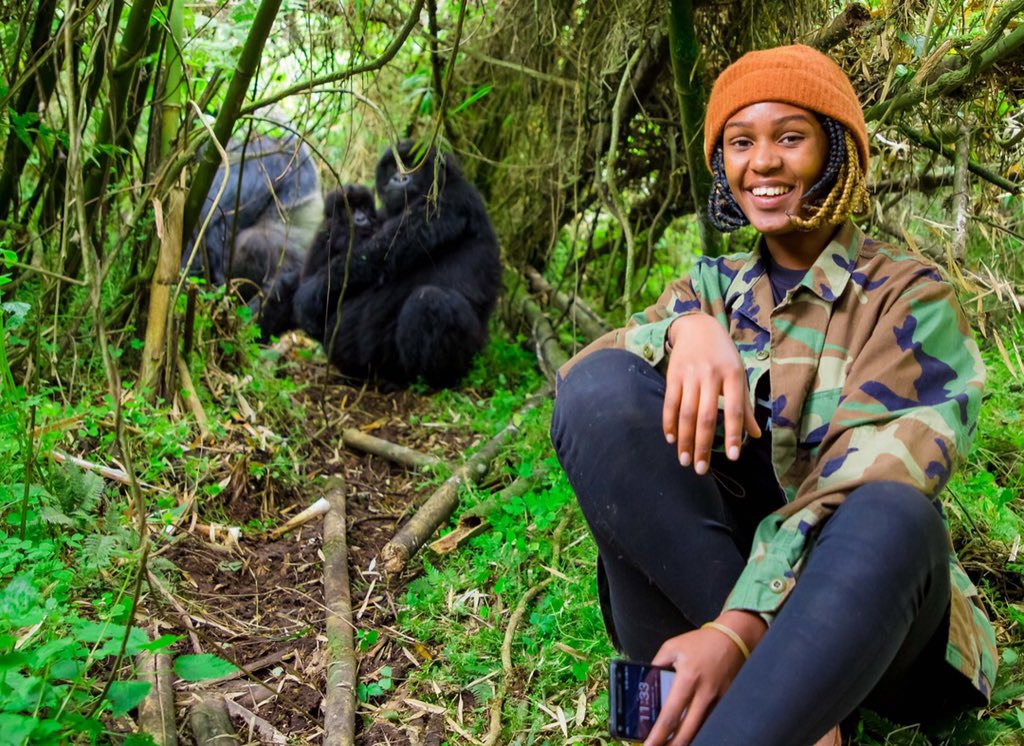
Mgahinga is ideal for travelers who seek a quieter, more exclusive gorilla trekking experience with dramatic scenery that makes every moment feel cinematic and deeply connected to nature.
Gorilla Habituation: A Deeper Level of Interaction
For travelers seeking even more immersion, Uganda offers the rare gorilla habituation experience in the Rushaga sector of Bwindi. Unlike standard trekking, which allows one hour with a fully habituated gorilla family, habituation gives visitors up to four hours with a semi-habituated group. These gorillas are still adjusting to human presence, and the experience allows travelers to witness the process that prepares gorillas for future trekking encounters.
This extended time enables deeper observation of gorilla behavior, family dynamics, feeding patterns, and interactions between rangers and primates. Habituation is especially valuable for photographers, researchers, and travelers who want a truly intimate and educational encounter.
Trekking Difficulty and Physical Preparation
Gorilla trekking requires moderate fitness. Trails can be steep, slippery, and uneven, and the duration of the trek is unpredictable. However, people of varying ages and abilities complete treks successfully every day. Porters are available to help with luggage, and walking sticks are provided to support you through difficult sections.
Being physically prepared enhances your overall experience. Simple exercises like walking, stair climbing, and light hiking can help ensure you are ready for this adventure. Having the right mindset—patience, determination, and openness to adventure—makes the journey even more rewarding.
Rules and Etiquette During Gorilla Encounters
Uganda has strict rules to protect both the gorillas and the visitors. These ensure a safe and meaningful encounter. Visitors must maintain a minimum distance, avoid littering, keep voices low, and follow ranger instructions at all times. Flash photography is prohibited because it startles gorillas. Those who feel sick are discouraged from trekking because gorillas are vulnerable to human diseases.
These guidelines protect the conservation efforts that have helped mountain gorilla populations steadily increase in recent years, making trekkers part of a positive and impactful global movement.
What to Pack for Your Gorilla Tour
Proper gear makes a significant difference during your trek. Long trousers, long-sleeved shirts, waterproof hiking boots, and gardening gloves help protect against thorns, insects, and slippery terrain. A lightweight rain jacket is essential due to the forest’s unpredictable weather. A small backpack, snacks, water, and a camera without flash complete the essentials. Porters are available to help carry your bag, allowing you to enjoy the trek more comfortably.
Best Time to Visit Uganda for Gorilla Trekking
Gorilla trekking is possible year-round, but the best times are during the dry seasons: June to September and December to February. During these months, trails are less muddy, and trekking conditions are generally easier. However, gorilla sightings remain consistent even in the rainy season, and the forests feel even more alive and atmospheric.
The Impact of Gorilla Tourism on Conservation
One of the most inspiring parts of Uganda’s gorilla tours is how directly they contribute to conservation. Gorilla permit fees support ranger salaries, community development projects, infrastructure, and anti-poaching efforts. Local communities benefit from tourism revenue, creating strong incentives to protect gorillas and their habitat. By trekking, you are not only experiencing something unforgettable—you are supporting the long-term survival of these extraordinary animals.
Book Your Gorilla Safari with Experiya Tour Company
For a smooth, well-organized, and extraordinary gorilla trekking experience, travelers are encouraged to book their journey with Experiya Tour Company. Their professionalism, expert guides, and deep knowledge of Uganda’s primate destinations ensure that every traveler enjoys a seamless and memorable adventure. Whether you seek gorilla trekking, habituation, or a multi-park safari, Experiya Tour Company will craft a personalized journey that captures the true magic of Uganda’s forests and wildlife.

